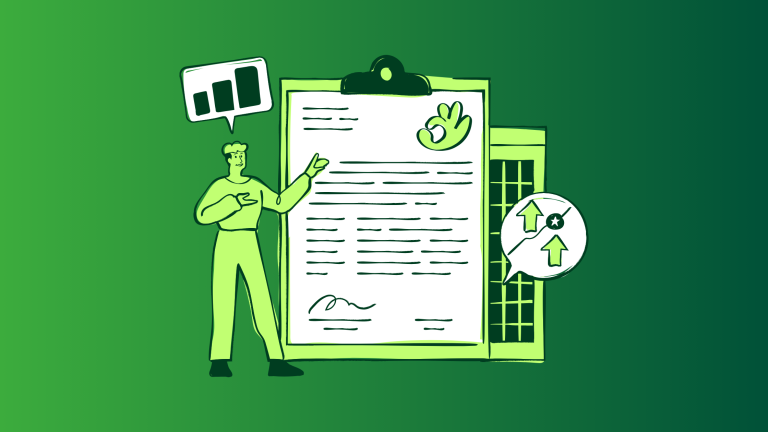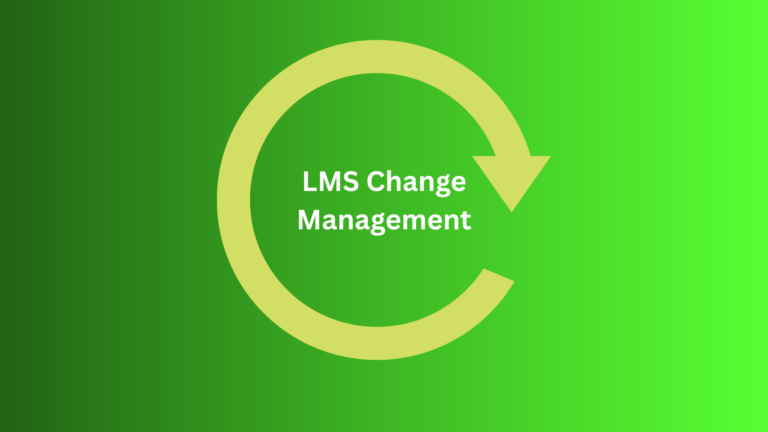Do you also complain if most of your emails go to spam, or if you do not have a high open rate? Maybe you’re doing something wrong with it. With this article, we will learn about the email etiquette you need to follow for getting the most replies.

Do your emails look like this?
1. The Rambling Email
A rambling email goes on and on, with no clear point or purpose. It may contain irrelevant information, unnecessary details, and unrelated anecdotes. These emails are difficult to read and may cause the recipient to lose interest or miss the main point of the email.
Example: “Hey, how are you doing?” I hope you’re doing well. I wanted to touch base with you about the project we talked about last week. So, I’ve been doing some research, and I found some interesting data that I wanted to share with you. Did you know that the average person spends over three hours a day on their phone? Anyway, getting back to the project, I think we should focus on the marketing strategy first. What do you think? Oh, and by the way, did I tell you about my vacation to Hawaii last month? It was amazing! The beaches were so beautiful, and the food was incredible. Anyway, back to the project. Let me know what you think.
This is an awful way of addressing any topic and does not qualify in email etiquette.
2. The Angry Email
An angry email is filled with negative emotions such as frustration, anger, or resentment and is completely out of email etiquette. These emails may be sent in the heat of the moment and may contain language that is offensive or insulting. They can damage relationships and make it difficult to work together in the future.
Example: “I cannot believe what you did!” You completely messed up the project, and now we’re behind schedule. How could you be so careless and incompetent? I don’t even know how you got hired in the first place. This is unacceptable, and I expect you to fix it immediately. If you can’t do your job correctly, then maybe you should find a new job.
3. The Vague Email
A vague email is one that is unclear or ambiguous. It may lack specific details or instructions, leaving the recipient confused about what is expected of them. These emails can lead to misunderstandings and mistakes.
Example: Please review the attached document and let me know your thoughts.
4. The Unprofessional Email
An unprofessional email contains inappropriate language, poor grammar, or spelling errors. These emails can make you look unprofessional and may damage your credibility.
Example: Yo, wassup? I wanted 2 touch base w/ u bout the project. Can u pls send me the doc so I can look @ it? Thx.
5. Spam Email
A spam email is unsolicited and unwanted. These emails may contain advertising, scams, or malicious content. They can be annoying and may even be harmful to your computer or personal information.
Example: Congratulations! You have been selected to receive a free trip to the Bahamas! Just click the link below to claim your prize.
If you are sending anything of this sort, then please stop!
Email etiquette to compose your messages
We are here to tell you what the ideal way of writing and sending an email is. So here is a list of email etiquette that you can follow for your emails:
1. Start with a clear subject line
The subject line is the first thing the recipient sees when they receive your email. A clear and concise subject line can make all the difference in whether the recipient opens and reads your email or not. Your subject line should be informative and accurately summarize the content of your email. It should also entice the recipient to open your email. Avoid using vague or generic subject lines like “Hello” or “Important message,” as they may cause your email to be overlooked or even marked as spam.
2. Addressing
Address the recipient appropriately When addressing the recipient, it’s essential to use the appropriate level of formality. For instance, if you are writing to a colleague or business associate, you should use their full name and a professional greeting. However, if you are writing to a friend or family member, a more informal greeting may be appropriate. It’s important to show that you have taken the time to personalize the email and establish a connection with the recipient.
3. Keep it brief and to the point
People receive hundreds of emails every day, so it’s important to keep your email brief and to the point. Avoid rambling or going off on tangents that are unrelated to your main message. Instead, get straight to the point and keep your email focused on the topic at hand. This will make it easier for the recipient to read and understand your message.
4. Manage your tone
Use a professional tone Whether you are writing to a colleague, business associate, or friend, it’s important to use a professional tone in your email. Avoid using slang or overly casual language that may be inappropriate for the situation. Instead, use clear and concise language that conveys your message in a professional manner. This will help to establish your credibility and ensure that your message is taken seriously.
5. Use proper grammar and spelling
Using proper grammar and spelling is essential in crafting an ideal email. Poor grammar and spelling can make your email difficult to read and understand. It can also make you appear unprofessional and careless. Take the time to proofread your email before sending it to ensure that it is error-free.
6. Use a clear and concise writing style
A clear and concise writing style is essential in ensuring that your message is understood by the recipient. Use short sentences and paragraphs to make your email easy to read. Avoid using complex vocabulary or technical jargon that may be difficult for the recipient to understand. Instead, use straightforward language that conveys your message.
7. Be respectful and courteous
It’s important to be respectful and courteous in your email. Use phrases like “please” and “thank you” to show that you value the recipient’s time and effort. Avoid using language that may be perceived as rude or dismissive. Remember that your email is a representation of you and your organization, so it’s important to maintain a professional and respectful tone.
8. Use a clear call to action
If you are writing an email that requires a response or action from the recipient, it’s important to use a clear call to action. Be specific about what you need from the recipient and when you need it. This will help to ensure that your message is understood and that the recipient knows what is expected of them.
9. Avoid using all caps or excessive punctuation
Using all caps or excessive punctuation can make your email appear aggressive or unprofessional. It can also make it difficult to read and understand.
With this list of email etiquette, now we hope you have got your answer on how to write an engaging and intelligent email that will drive the required results for you.



